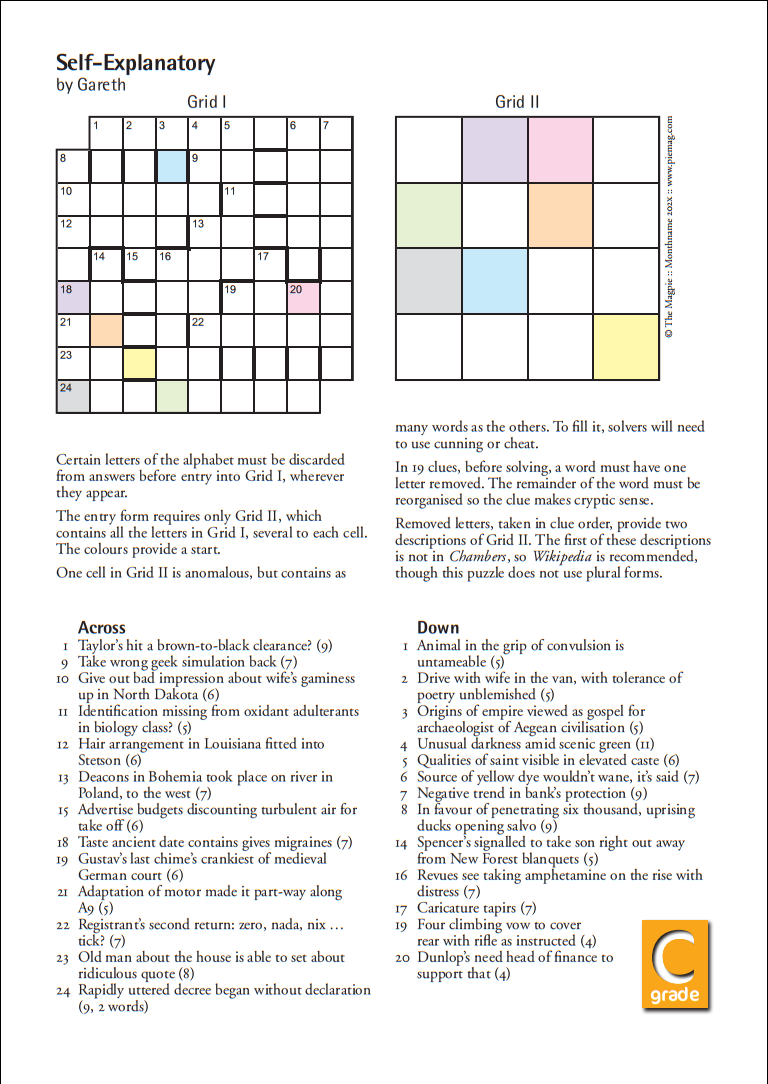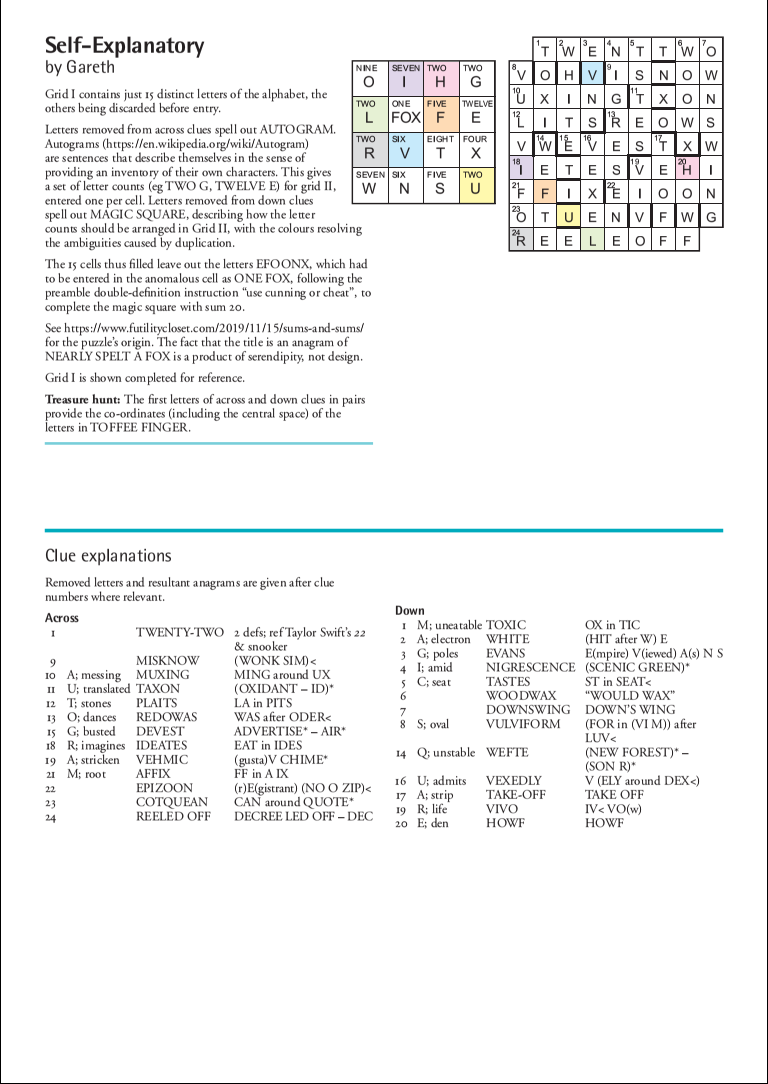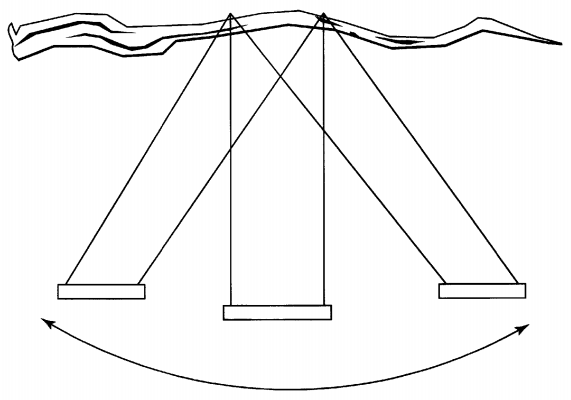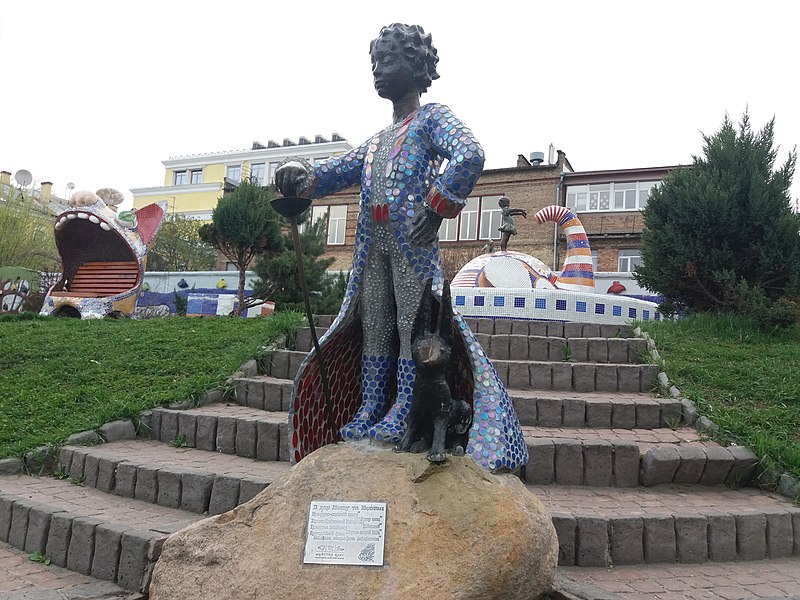For years I’ve been hearing about an immortally bad volume of poetry, The Captain of the ‘Dolphin’ and Other Poems of the Sea, by Frederick J. Johnston-Smith. The glimpses I’ve seen look fantastic:
We piled more wood upon the blazing hearth —
More broken planks from off the mould’ring wreck;
The billets, all composed of Norway pine,
Were evidently portions of the deck.
The morning came the tempest’s trail impatient to elute;
The merry birds assistance gave — played each his fife or flute.
A balminess the darkened hours had brought from out the south.
Each breaker doffed its cap of white and shut its blatant mouth.
Strike, strike your flag, Sidonia,
And lessen death and pain!
“Strike!” “Fight!” are but synonyma
For misery to Spain.
(Where the Goddess Aurora sits shaking her fan
In the face of a vapourless moon —
Where the sun circles round for the half of the year
And is cold — like a yellow balloon)
(to a lapwing:)
I thank you for cutting the thread of my thought
With a snip of your scissors-like bill,
For why should my mind with a thinking be fraught
Of men’s indefectible ill?
I’ve just discovered that the whole thing is on the Internet Archive — including a Glossary of Nautical Terms in which the poet informs us that the “wheel” is “that with which the helmsman steers the ship.”






